Why Choosing the Right Dock Hoist is Essential for Your Marine Operations
In the fast-paced world of marine operations, the significance of selecting the right docking equipment cannot be overstated. Among these essential tools, the dock hoist stands out as a crucial asset that can markedly influence the efficiency and safety of operations. Industry expert John Anderson, a veteran in marine logistics and author of "Maritime Innovations", once stated, "Investing in the right dock hoist is not just a choice; it's a necessary step toward optimizing your entire marine operation."
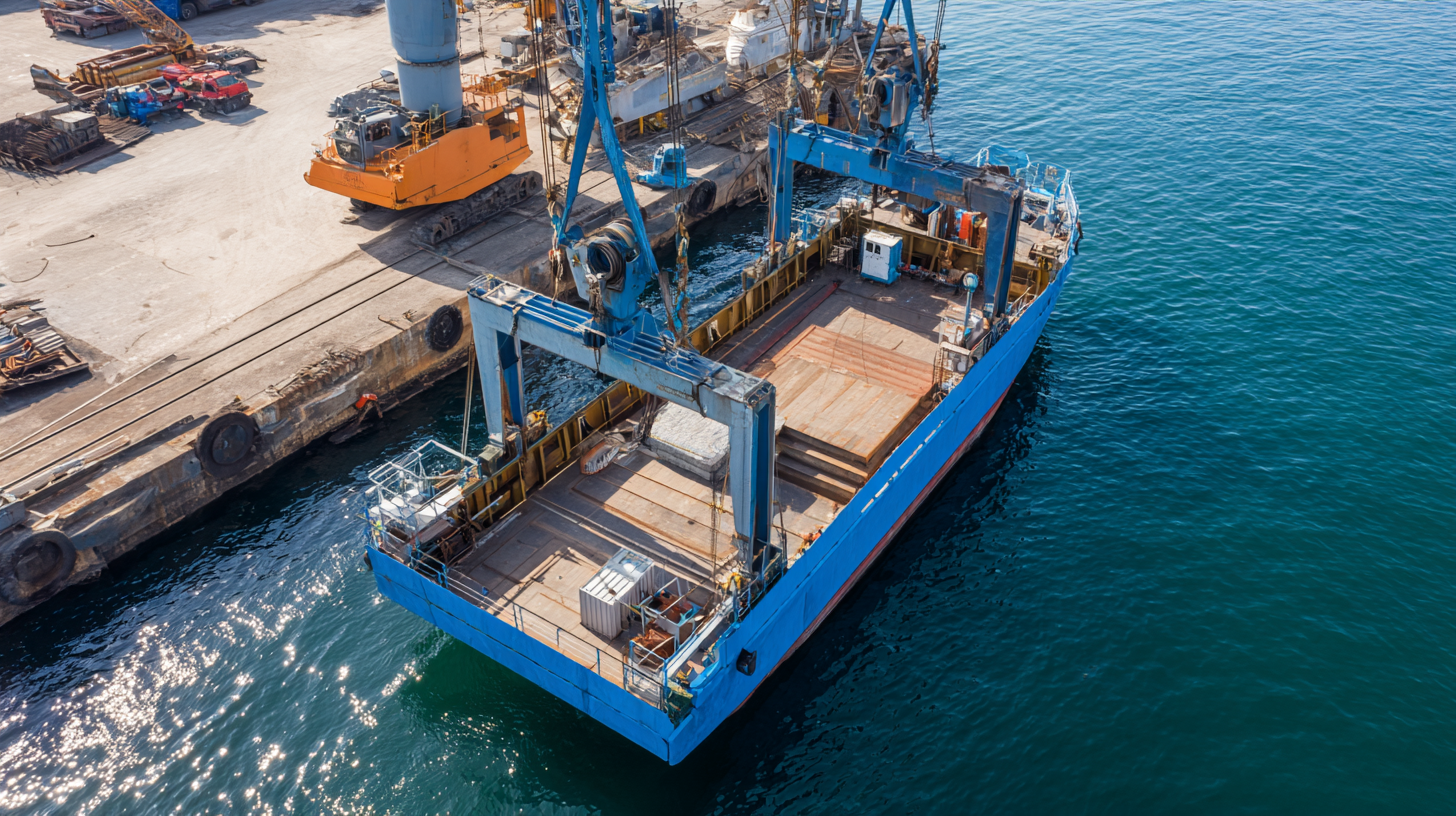
As operators face the mounting pressures of productivity and safety, understanding the nuances of dock hoist selection becomes increasingly vital. The appropriate dock hoist can streamline loading and unloading processes, reduce downtime, and enhance overall operational efficiency. Conversely, the wrong choice can lead to delays, increased costs, and potential safety hazards. This article discusses the top ten considerations for choosing the right dock hoist, providing insights that can help marine operators make informed decisions to elevate their operations to new heights.
Importance of Load Capacity in Dock Hoists for Safe Marine Operations
When it comes to marine operations, selecting the right dock hoist is critical, especially regarding load capacity. A dock hoist's load capacity determines its ability to safely lift and transfer various marine equipment and vessels. According to a report by the Marine Lift Association, improper load capacities can lead to accidents that cost the industry over $30 million annually in damages and liabilities. Ensuring that your dock hoist can accommodate the weight of your loads is paramount to avoiding such costly mishaps.
Tip: Always assess the maximum load your dock hoist will encounter, including any additional equipment or modifications that may increase weight. Purchase a hoist with a load capacity above your maximum anticipated load to ensure a safety margin.
Moreover, the right dock hoist should not only be selected based on load capacity but also on its overall design and reliability. A study from the Maritime Safety Committee indicates that well-engineered dock hoists reduce the risk of mechanical failure, contributing to safer marine operations. Regular maintenance is essential; operators should adhere to manufacturers' guidelines, ensuring equipment remains within safety operational parameters.
Tip: Implement a routine inspection schedule for load-bearing components of dock hoists to proactively identify wear and tear before they lead to potential failures.
Evaluating Hoist Speed and Efficiency: Impacts on Operational Productivity
When it comes to maritime operations, the speed and efficiency of dock hoists play a crucial role in overall productivity. The ability to swiftly load and unload vessels can significantly reduce turnaround times, allowing businesses to optimize their operational schedules. For instance, faster hoist speeds mean that cargo can be transferred quickly between land and sea, minimizing the time vessels spend in port. This efficiency translates directly to increased throughput, making it essential to select a hoist that meets the specific demands of the operation.

Moreover, the efficiency of a dock hoist impacts not just speed but also safety and reliability. A well-designed hoist with high operational efficiency reduces the risk of mechanical failures that can disrupt processes and lead to costly downtimes. Additionally, incorporating advanced features such as automated controls and load monitoring can enhance both safety and performance. Ultimately, choosing the right dock hoist directly influences the operational productivity of marine activities, making it essential to evaluate these factors thoroughly before making a decision.
Material Durability: Why Corrosion-Resistant Hoists Are a Smart Investment
When operating in marine environments, the selection of equipment, particularly dock hoists, can significantly impact efficiency and safety. One of the most critical factors to consider is material durability, as the harsh conditions of saltwater exposure can lead to rapid deterioration of standard materials. Corrosion-resistant hoists, designed to withstand these elements, not only ensure longer operational lifespans but also promise reduced maintenance costs over time. Investing in such equipment means fewer replacements and repairs, allowing for smoother operations and greater reliability.
Moreover, the choice of corrosion-resistant materials can enhance the overall safety of marine operations. A robust hoist minimizes the risk of mechanical failures, which can be catastrophic in a busy dock environment. By prioritizing material durability, operators can significantly mitigate hazards associated with equipment malfunctions, safeguarding both personnel and assets. This proactive approach not only reflects a commitment to operational efficiency but also underscores the importance of investing in quality equipment that meets the rigors of marine use.
Cost-Benefit Analysis: Long-Term Savings with Quality Dock Hoists
When it comes to marine operations, the choice of dock hoists can significantly impact both efficiency and cost. Investing in high-quality dock hoists may seem daunting initially due to the upfront costs, but a comprehensive cost-benefit analysis reveals that these investments can yield substantial long-term savings. According to a report from the International Marine Contractors Association (IMCA), poor-quality equipment can lead to operational downtime, which can cost companies upwards of $1,000 per hour. By selecting reliable dock hoists, companies can drastically reduce maintenance issues and operational interruptions.
Moreover, the Marine Industry Association of Australia states that quality dock hoists can improve load management efficiency by 30%. This efficiency translates to faster turnaround times, minimizing the amount of time vessels spend at the dock, which in turn reduces harbor fees and increases productivity. Furthermore, investing in durable hoists designed to withstand harsh marine environments can lower replacement costs, as they tend to have significantly longer lifespans compared to their cheaper counterparts. Thus, choosing the right dock hoist not only enhances operational efficiency but also contributes to a healthier bottom line in the long run.
Cost-Benefit Analysis of Dock Hoists for Marine Operations
This chart illustrates the cost-benefit analysis of dock hoists for marine operations. It compares the initial investment, ongoing maintenance costs, operational efficiency percentage, average lifespan in years, and potential resale value. By evaluating these factors, one can understand the long-term savings and benefits associated with quality dock hoists.
Safety Standards and Compliance: Ensuring Regulatory Adherence in Marine Facilities
In marine operations, the significance of adhering to safety standards and compliance cannot be overstated. According to a report from the American Bureau of Shipping (ABS), approximately 60% of marine accidents arise from equipment failure or inadequate maintenance, highlighting the critical need for proper dock hoist selection that meets regulatory requirements. Marine facilities must comply with industry standards such as ISO 9001 and specific regional regulations, which delineate the operational parameters for safety and equipment functionality. This compliance not only protects personnel but also minimizes the risks of costly downtime and potential legal issues.

Moreover, integrating compliance measures into the selection of dock hoists is essential for efficient marine operations. A study by the National Institute for Occupational Safety and Health (NIOSH) indicates that adhering to ergonomic and safety regulations can reduce workplace injuries by up to 30%. Choosing a dock hoist that is certified for safety and built according to stringent guidelines allows operators to ensure that they are not only protecting their workforce but also optimizing operational efficacy. By prioritizing safety standards in equipment selection, marine facilities can create a sustainable operational environment, enhancing both employee well-being and overall productivity.
Related Posts
-
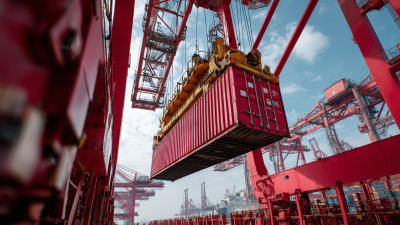
Unlocking Efficiency: How Dock Hoists Revolutionize Maritime Operations and Improve Safety
-

The Ultimate Guide to Understanding Lift Docks and Their Importance in Modern Logistics
-
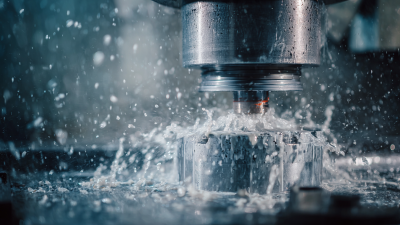
The Future of Cutting Technologies Exploring the Benefits of Water Jet Abrasive Systems
-
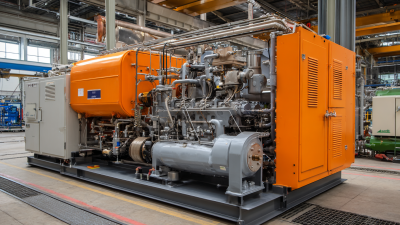
Understanding the Benefits of Water Jet Cutting Machines in Modern Manufacturing
-
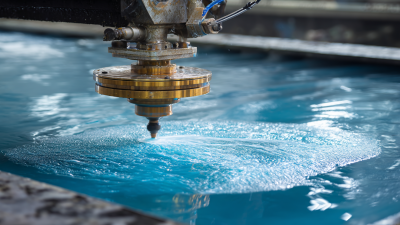
Exploring the Benefits of Water Jet Rubber in Modern Manufacturing Processes
-

The Ultimate Guide to Understanding How a Water Jet Head Transforms Industrial Cutting

